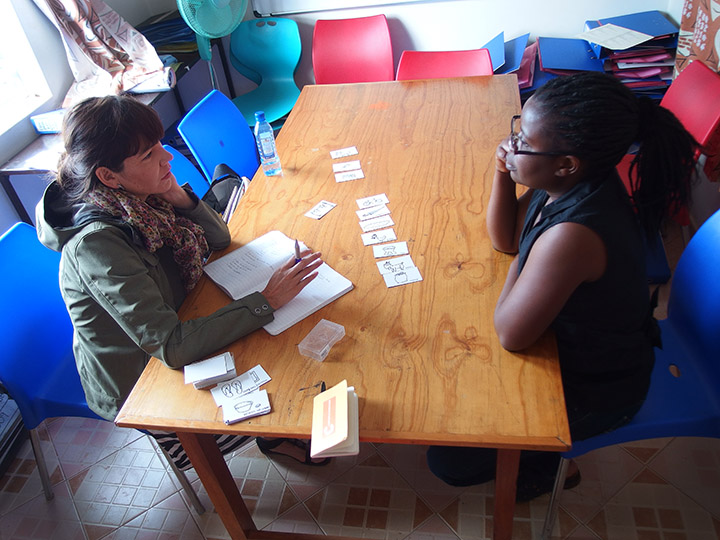Can design thinking improve lives on topics that matter?
Last year, TechChange collaborated with Catapult Design to create a short animation to provide three tips for how to make the most out of socially-driven design. Catapult Design is a non-profit based in Denver, where an accomplished team of designers, engineers, and business strategists offer a comprehensive approach to product and service development for low income and underserved customers.
The video is embedded below, but these tips include: 1) Engage designers early where they add the most value; 2) Design is a process to define opportunities and constraints; 3) Every project can benefit from design thinking.
Heather Fleming, the CEO of Catapult Design will be showing the video at Skoll World Forum, and we wanted to learn a bit more about her work:
Q: Is socially driven design as relevant now as when we first created the video? Would you update it?
Absolutely. Just in the past few months we’ve witnessed the repercussions from communities who feel excluded from our nation’s progress as well as unheard by their local governance. This is what socially-minded design and designers do best — promote inclusive and participatory processes with constituents in order to arrive at solutions that take into account their needs and aspirations as well as the bigger picture. FastCo posted a fascinating article about the contributions of designers working with the federal government in the 1970s, helping a variety of agencies with visual consistency and communication that would ultimately save federal dollars. The outcomes of this work are still visible and relevant today, and yet these are just the programs that the new administration seeks to cut. For these reasons, I’d say that socially driven design is relevant now even more so than when we collaborated on this video 12 months ago.
Q: Let’s say somebody watches the video and wants to start incorporating socially driven design. What would you tell them?
There’s a variety of on-line resources such as webinars, classes and toolkits. Those are all good and fine, but like all new things, it takes practice and discipline to master a new skill and learn new behaviors. You wouldn’t expect to master Chopin at your first piano lesson, and the same goes for applying design to projects. The common way of learning the piano, learning a new sport, and so on, is to work with a teacher or coach. I’d say the same goes for building the discipline, mindset and creative support to execute a solid design-driven project.
Also, like the video says — design principles should be incorporated at the very beginning. Instead of speculating on how to fix problems for your customer or constituents, work with them to identify and deconstruct the problems. Go into a project with confidence that you’re addressing the right issue that will create the change you want to see.
Q: Are there any initiatives or projects that you’re working on that are relevant to the information in this video?
About the time that we were working on this video with Tech Change, we were also kicking off an initiative on the Navajo Nation affecting economic development. There is an alarmingly low number of locally-owned business on the Navajo Nation, and the government and its constituents lose out on approximately $200M in potential sales tax to border towns each year. We began working with Navajo entrepreneurs and local small business agencies to re-think how to communicate the process and the steps to starting a business on the Navajo Nation. By mapping out these issues, exploring root cause, and prototyping ways to address the problems, we were able to launch Build Navajo, a web-based map for Navajo entrepreneurs who want to start a business on the reservation. Build Navajo also collects information from users as to where they get stuck in the process, which we intend to quantify and use as an advocacy tool for reform on business registration and site leasing processes.
Those who know Catapult Design primarily associate us with product development and the creation of physical things. But the process we use applies to most “products”, whether that be a physical thing, a service, or an experience. As we promote in the video, design and designers are champions of a broad mindset, or way of thinking, that can be applied to a variety of sticky challenges.
Want to learn more about Catapult Design? Make sure to visit their website or follow @Catapult_Design on Twitter!




